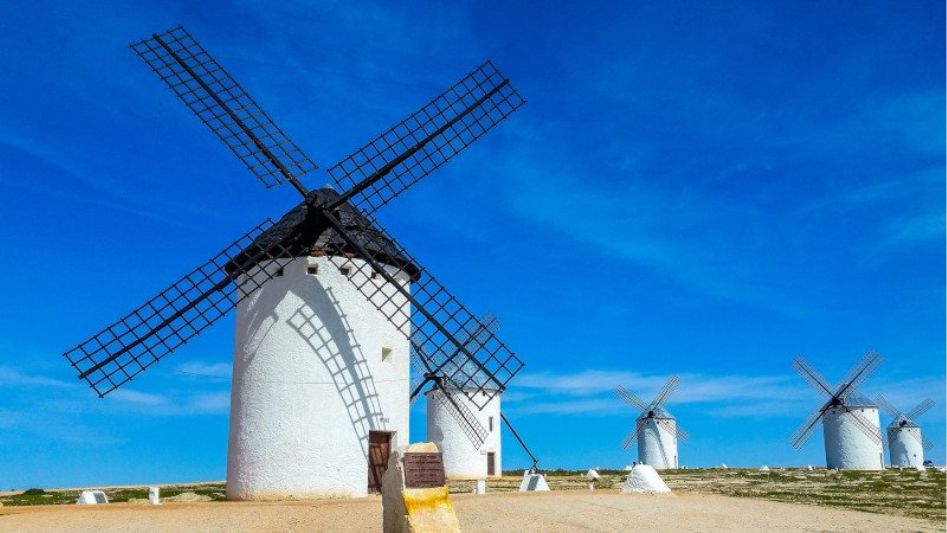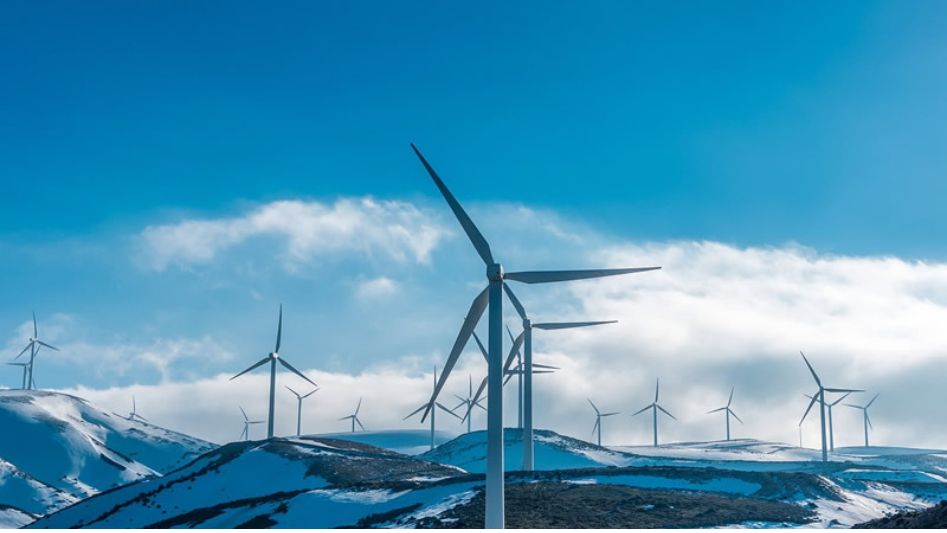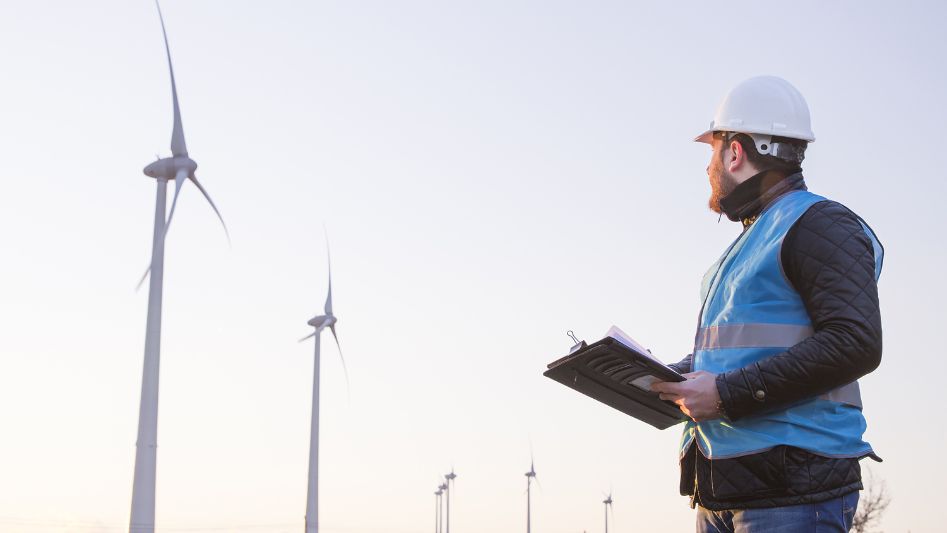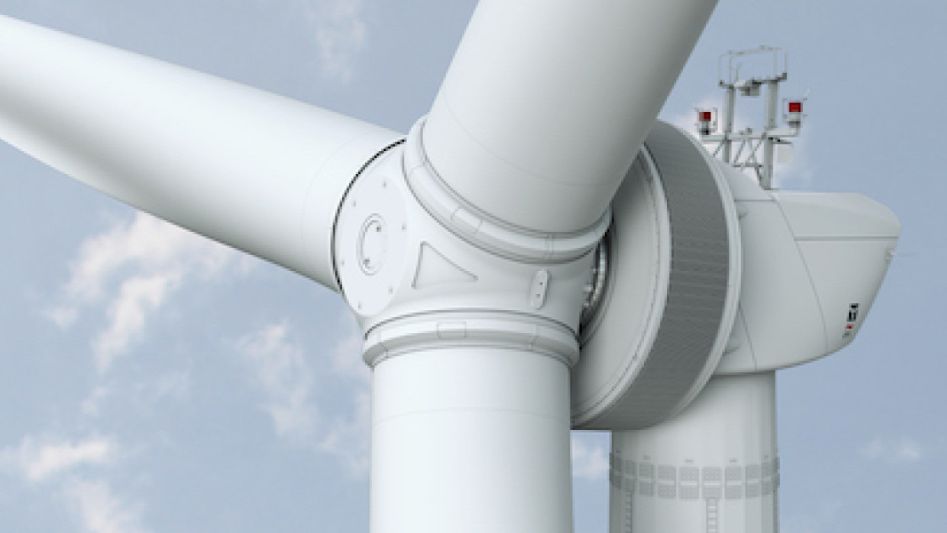
With the help of scientists and engineers, electricity is being produced with the help of the wind. Wind energy, which is also known as wind power, can only be made with a wind turbine.
Kinetic energy is the energy that is created when anything moves, and scientists and engineers are using the kinetic energy of the wind to produce electricity. Wind energy, also called wind power, is made by putting the wind’s force through a wind turbine, which turns the wind’s kinetic energy into electricity.
The wind turbine’s rotor is turned by the wind, which also moves the turbine’s blades. The rotor is then used to spin a generator, which results in the production of electricity. There are horizontal-axis wind turbines (HAWTs) and vertical-axis wind turbines (VAWTs), both of which are considered to be kinds of wind turbines (VAWTs). The horizontal-axis wind turbine (HAWT) is the most prevalent form of wind turbine. In most cases, they consist of two or three elongated blades, similar to those seen on an aviation propeller. The blades are oriented in such a way that they face straight towards the direction where the wind is coming from. The blades of a VAWT are similar in length and shape to the beaters found in an electric mixer, but they are shorter and broader.
One hundred kilowatts of electricity may be generated by a single individual wind turbine, which is sufficient to power a house. In other situations, such as water pumping stations, smaller wind turbines are employed instead of traditional generators. The towers that support somewhat bigger wind turbines may reach heights of up to 80 meters (260 feet), and the rotor blades of these turbines can be as long as 40 meters (130 feet) in length. There is a potential for 1.8 megawatts of electricity generation from these turbines. There are also wind turbines that are set atop towers that are 240 meters (787 feet) tall and with rotor blades that are longer than 162 meters (531 feet). Large turbines like this have the potential to produce anywhere from 4.8 to 9.5 megawatts of electricity.

After the power has been produced, it may either be utilized immediately, linked to the grid for distribution, or stored for later use. Batteries and pumped-storage hydropower are two examples of technologies that the United States Department of Energy is collaborating with the National Laboratories to develop and enhance so that they may be utilized to store surplus energy generated by wind power. Companies like General Electric put batteries in their wind turbines so that the power that is made from wind energy can be stored as soon as it is made.
The United States is home to 57,000 wind turbines, including onshore and offshore installations, as the United States Geological Survey reported. Wind turbines may be freestanding buildings, or they may be grouped together in what is known as a wind farm. Both configurations have their advantages. While the energy requirements of a single house may be met by the electricity produced by a single turbine, the quantity of electricity that an entire wind farm can produce is sufficient to meet the energy requirements of thousands of dwellings. In order to make the most of the natural winds that blow through an area, wind farms are often situated on the peaks of mountains or in other similarly windy areas.

The Walney Extension is the world’s biggest offshore wind farm, and its name comes from the location where it is located. This particular wind farm may be found in the Irish Sea around 19 kilometers (11 miles) to the west of the northwestern coast of England. The Walney Extension wind farm encompasses a gigantic area that spans 149 square kilometers (56 square miles), making it larger than the city of San Francisco, which is located in the state of California, or the island of Manhattan, which is located in the state of New York. These offshore wind turbines are among the tallest wind turbines in the world, standing 195 meters (640 feet) tall and forming a grid of 87 wind turbines. The Walney Extension can make 659 megawatts of power, which is enough to power 600,000 homes in the UK.

